Ketone Information Guide
There is a lot of misconceptions about low-carb diets in general – the ketogenic diet in particular. Before choosing a diet, it’s important to understand how it works, the most important factors, and how progress is measured. In this guide, the process of ketosis will be broken down, ketones will be defined, and it will all get put together to give you the best information to get started on your ketogenic diet.
Ketosis
The ketogenic diet works by limiting carbohydrates and forcing your body to burn fat. You might have seen a recent study1 by the Stanford University School of Medicine which compared a low-carb diet to a low-fat diet. The results allegedly demonstrated that neither was superior and both resulted in roughly equal weight loss. The problem with the study is that the carbs in the low-carb group weren’t limited to the point where ketosis was triggered. The low-carb group in this study consumed approximately four times the amount of carbs that keto allows, meaning they never got to the point where their body was burning fat for energy.
Ketosis is the process where your liver breaks down fat, producing ketones. This is important to understand because ketones are the main energy source for the body on a ketogenic diet. If ketosis is never reached, however, fat can’t be burned, meaning your weight loss is limited to whatever you get from restricting your calories. This is why the results of the study referenced above don’t offer a true reflection of the ketogenic diet. It’s like saying that two groups of people tried to cross a bridge: one went halfway across, and the other stopped a foot short of the other side. The results would show that neither group reached the other side, but that’s only because the second group stopped short. For a complete explanation of ketosis and how it works, check out this article.
4-Week Keto Meal Plan
- 4 Weeks of Delicious Keto Recipes!
- Leftovers and Bulk Preps Included
- Maximize Your Keto Diet's Success
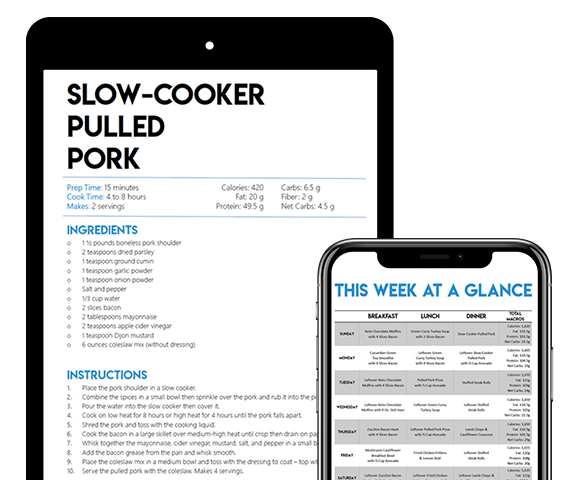
To help your ketogenic diet be successful, you can measure the ketones in your body, so you know that you are healthy and have plenty of energy for the day. There are three ways to measure ketones in your body, all of which are effective, but there are some key differences.
How Do I Measure My Ketone Level?
First, all of the ways we’ll mention are effective, so find one that suits you and don’t worry about which method works “the best.” The method you choose will also depend on the affordability of the supplies needed to get good test results. Ensure you find the best products you can afford because these products measure the energy in your body, so they need to be accurate.
1. Measuring with Ketone Strips

Just like a pregnancy or drug test, you may measure your ketone levels by simply urinating on a stick. This method will be the most affordable way to measure ketones in your body. If you are new to the ketogenic diet, this is probably the best method for you. The kit comes with everything you need to get an accurate measurement and is very easy to use. Simply hold the stick under your urine stream for three to five seconds, then wait for thirty seconds to watch for a color change. The color of the stick will only change if you are in ketosis. Your body must be producing enough ketones for the test to work properly. The kit will come with a color chart for you to reference once your color shows up. Every test will be different, so read the chart that comes with your kit.
Keto sticks are good for confirming that your body is in ketosis. If you feel that you need to know exactly what your levels are, you will need to read on about the other methods, as the urine stick test simply gives a yes/no indication.
Ketone strips use a special formula to reflect the level of acetoacetate in your urine, determining the color of the stick. Acetoacetate levels are unused ketones stored in the body. Your body will eventually adapt to the ketogenic diet; it will then optimize, learn, and become much more efficient at making more ketones. You will notice different colors if you were to take one of these tests at the beginning of your diet and then again after you had been on your diet for a very long time. You may even experience false negative readings if you have been on your ketogenic diet for a while. These kinds of readings are rare but do happen, and this is nothing to worry about.
The biggest advantage of using urine sticks is that they are very affordable for anyone. You can order them online, find them at a health store, or at a dietary retailer. If you want to determine what your ketone levels are, then this method also isn’t for you; it simply uses a different method than the sticks to indicate whether you’re in ketosis or not. Also, if you have been in the metabolic state of ketosis for a while, the sticks may give you inaccurate results because your body is working so efficiently. How hydrated you are will also affect the test, so make sure that you’re drinking your fluids before you test!
2. Breath Meters
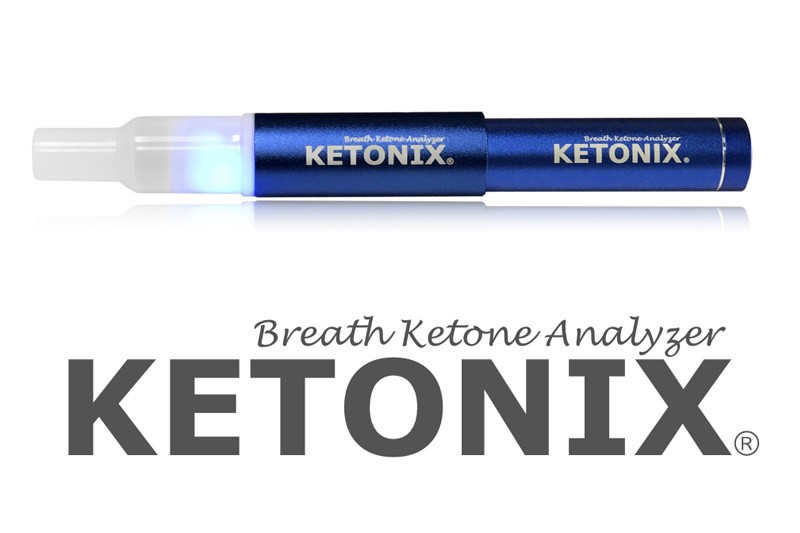
This method is simple for anyone to use and is less messy than a urine test. It is a bit more technical as far as what it measures, so if you’re looking for a detailed analysis, this may be a good fit for you. These meters are devices that attach to your computer via a USB port. Once connected, you blow into the device and it will measure the results and indicate them immediately on the screen. These devices give a fairly accurate reading of your ketone levels. Over time, using this method to measure your ketone levels is going to be the most beneficial and least expensive. You can use the breath meter as many times, so over time, it becomes very cost-effective. After the initial cost for the device (they run $100 – $200) there is nothing else you need to purchase, unlike the other two methods. If you stick with the diet, a breath meter will be cost-effective after just a few months.
This method is only fairly accurate, however. When tested against other methods, it can give results that vary wildly, depending on how far into ketosis the subject is. The farther into ketosis you are, the more the results can vary because everyone’s body reaches various levels of efficiency over time.
3. Blood Meters
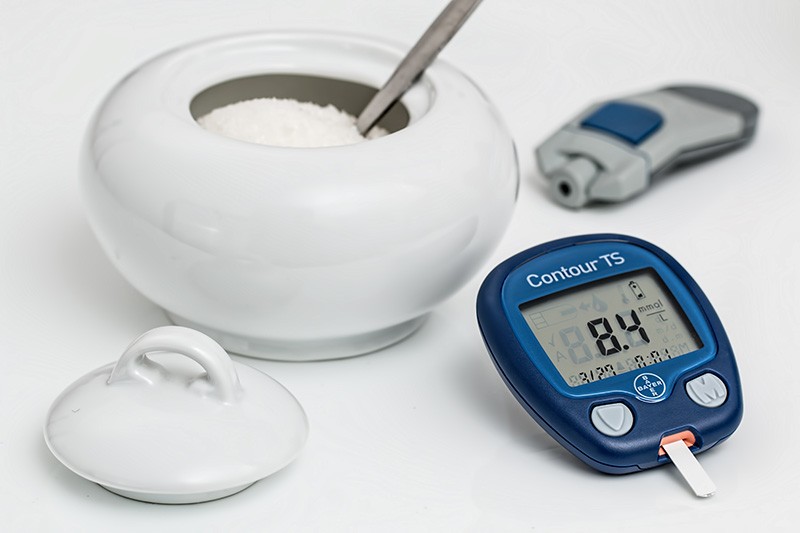
As with any medical test, taking a sample of blood is the best and most accurate method to determine levels. These tests reveal exact, precise measurements of Ketones in your blood. This test is also the most expensive, costing approximately $1/ blood test strip.
Product quality varies, so check out customer reviews on the product you’re purchasing before you buy it. Because it is a blood test, you must give your finger a small prick. Some people may be turned off by this, so if drawing your own blood makes you queasy, consider the other methods to measure ketone levels.
It is a good idea to research websites of companies that produce blood meter devices and strips because they will sometimes have promotional deals that give you a free meter. Make sure you know how well the strips work with a certain device as well. The strips are what is going to drain the bank, not the device, and some companies have proprietary strips that only work with their device.
Ok, I Got the Testing Supplies, What Should They Read?
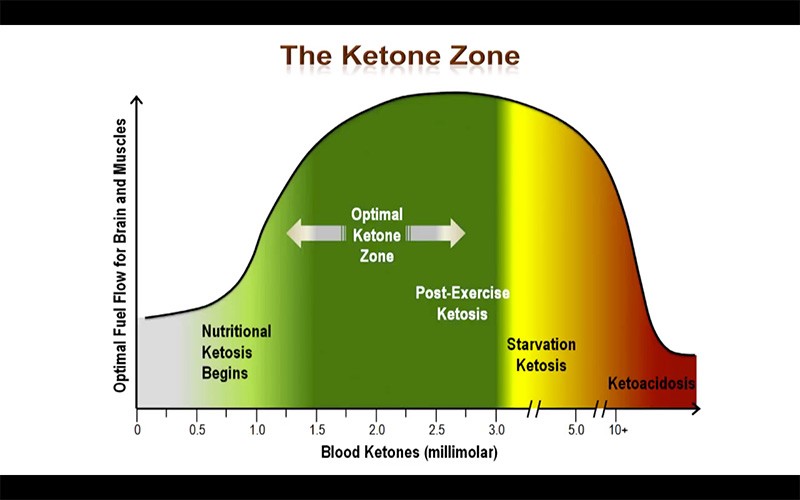
The entire idea behind the ketogenic diet is to boost the way your body breaks down fat. The higher the levels of ketones, which are the byproduct of ketosis, the more weight loss you will experience. There are three levels of ketosis: light, medium, and deep. Light levels are .5-.8mmol/L, medium levels are .9-1.4mmol/L, and deep levels are 1.5-3mmol/L.
Whichever way you decide to measure ketones, you will get a good idea of how your body is breaking down your fat. Research the products available to you. Be sure to educate yourself further on ketosis and what you can do to encourage better ketone levels for maximum results that don’t compromise overall health.
NUTRITIONAL DISCLAIMER
The content on this website should not be taken as medical advice and you should ALWAYS consult with your doctor before starting any diet or exercise program. We provide nutritional data for our recipes as a courtesy to our readers. We use Total Keto Diet app software to calculate the nutrition and we remove fiber and sugar alcohols, like erythritol, from the total carbohydrate count to get to the net carb count, as they do not affect your blood glucose levels. You should independently calculate nutritional information on your own and not rely on our data. The website or content herein is not intended to cure, prevent, diagnose or treat any disease. This website shall not be liable for adverse reactions or any other outcome resulting from the use of recipes or recommendations on the Website or actions you take as a result. Any action you take is strictly at your own risk.
- Keto-Friendly Food Swaps for Common Ingredients - July 11, 2023
- Keto Diet and Acne: Reducing Breakouts and Promoting Clear Skin - July 9, 2023
- Can the Keto Diet Help with Epilepsy? - July 7, 2023
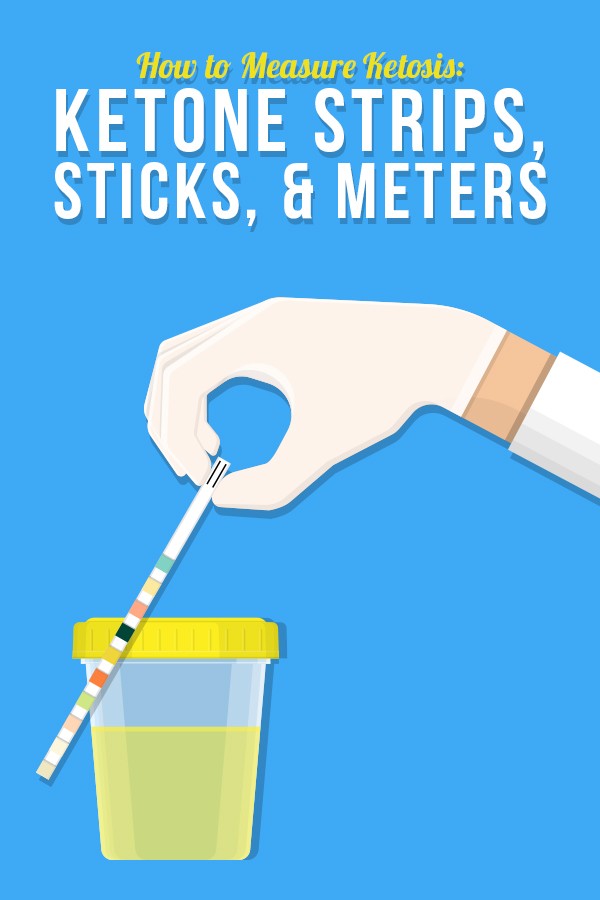



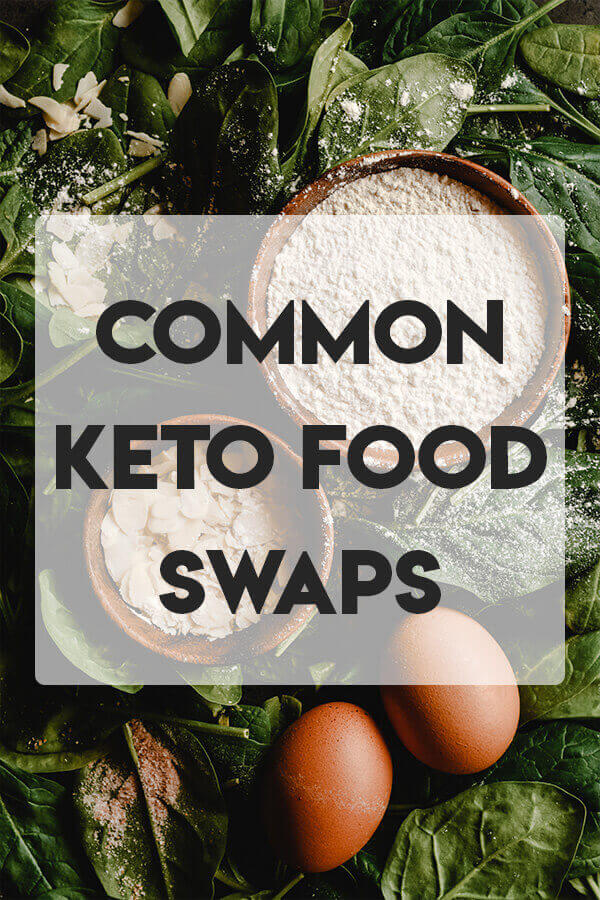



I’ve been practicing the Kato lifestyle for about 2months now, with only 2 cheat days (Easter, and a family brunch with my sis), I’ve been using the urine strips, which had been showing anywhere from negative to high amounts of ketones. For the past couple of weeks, they only show trace amounts (with no cheating). I read on a Keto FB page that “strips are only for beginners, and they only show what you’re excretion, therefore, showing only trace amounts is good. Is this true, or am I doing something that keeps me from fully attaining ketosis?
It’s true, ketone strips do not always work perfectly and may show different levels of ketosis in different people. This is because they read excess levels of ketones in the urine. You may well be in ketosis but are not producing excess ketones. The best way to know is feeling it – do you have more energy, sleep better, feel better, etc.? Are you losing weight slowly but surely? These are all signs of ketosis.
Thanks for sharing this, very informative. One bit of information which everyone shys away from is stating the best time to test using a blood meter. What time do you suggest?
Great article! Love the site!
Question about the Ketosis numbers. We have been doing the keto “eating plan” for about 3 weeks now and it’s been going great, but I have a question about what can be done to “move” the ketosis number into the proper zone? We have a blood meter and have been doing the tests often.
My numbers have been from .9 to 1.4 and my partner’s have been .4 to .5. We have been doing good with the carbs but the protein has been just a little higher than the program we are using, Carb Manager, suggestions. From what I am reading here, I’m in a pretty range, but my partner seems to be a little low.
What do we do to move the numbers? Also, does the time a day, before/after meals, etc make a difference for taking the blood readings?
Thanks again for all of the great information.